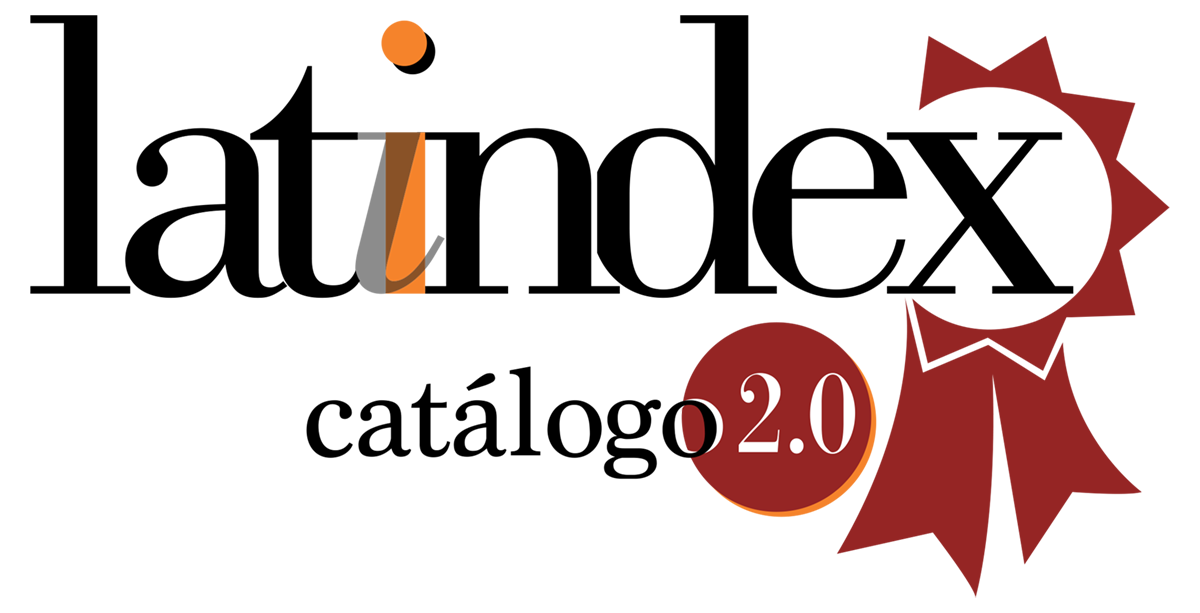The lived body in borderline personality disorder: self-construction from distorted intersubjectivity and narrative identity.
DOI:
https://doi.org/10.61144/0718-9397.2023.505Abstract
The narrative of identity is an activity that gets its feedback by experiences held along one’s life, and its contents change according to the interactions that one may have. These interactions are oriented to the self, the other, and the world. The result of this activity leads to a lived body that endows itself of particular meanings. It may seem, nevertheless, that when there is a current psychopathology the agency to one’s self-construction becomes a brittle point delegated to the another. A key point in this construction, besides the interpretation of the contents of the world, is the intersubjective interaction as well as the reflection of experience. Self-consciousness would not exist without the gaze and the body of the alterity. However, is the presence of the other necessary? Is it possible to develop a psychopathology from the interaction with the other? From this context, the objective of the present paper is to explore the limits that alterity presupposes for the narrative identity in the case of Borderline Personality Disorder.
Keywords: Psychopathology, intersubjectivity, narrative identity, phenomenology, borderline personality disorder.
How to Cite
License
Copyright (c) 2023 Akadémeia Magazine

This work is licensed under a Creative Commons Attribution-NonCommercial-NoDerivatives 4.0 International License.
Los autores/as conservarán sus derechos de autor y garantizarán a la revista el derecho de primera publicación de su obra, el cual estará simultáneamente sujeto a la Licencia de reconocimiento de Creative Commons (CC BY-NC-ND) 4.0 que permite a terceros compartir la obra siempre que se indique su autor y se comparta el documento, en formato pdf y con la paginación del número original, a través del que este ha sido publicado por la revista. Siguiendo las definiciones establecidas por la licencia (ver: https://creativecommons.org/licenses/by-nc-nd/4.0/deed.es) los números de la revistas seguirán los siguientes términos:
-
Atribución — Usted debe dar crédito de manera adecuada, brindar un enlace a la licencia, e indicar si se han realizado cambios. Puede hacerlo en cualquier forma razonable, pero no de forma tal que sugiera que usted o su uso tienen el apoyo de la licenciante.
-
No Comercial — Usted no puede hacer uso del material con propósitos comerciales.
-
Sin Derivadas — Si remezcla, transforma o crea a partir del material, no podrá distribuir el material modificado.
- No hay restricciones adicionales — No puede aplicar términos legales ni medidas tecnológicas que restrinjan legalmente a otras a hacer cualquier uso permitido por la licencia.












